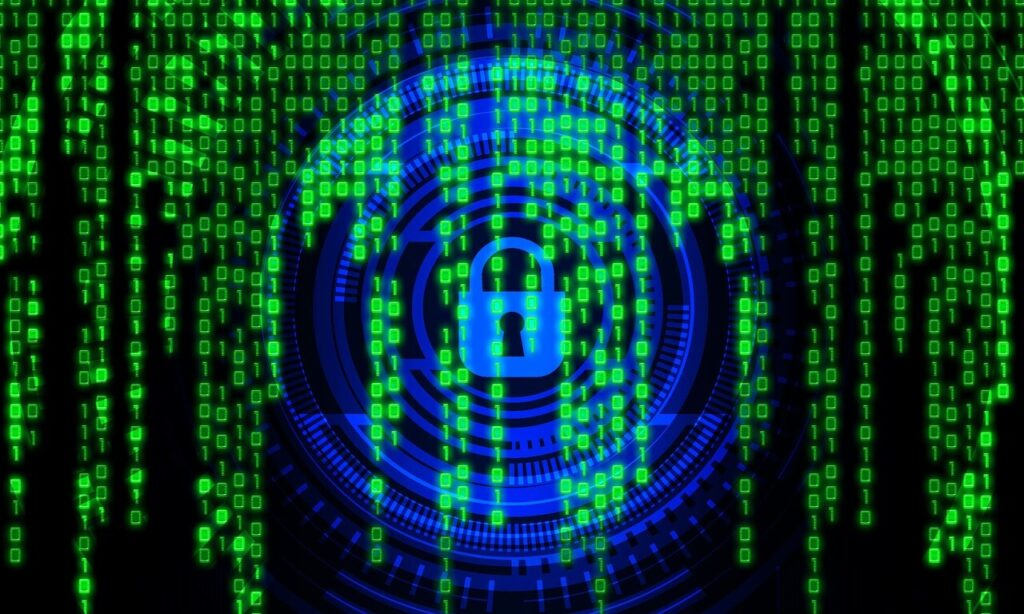In the dynamic cyber security landscape, defense is no longer just about having the current equipment, but also the ability to navigate and categorize the deluge of data flooding security groups. Achieving a robust cybersecurity framework requires a paradigm shift toward data-driven decision-making.
Although some information may seem insignificant at first glance, its importance can become crucial mainly based on specific use cases, making it essential for the cyber security of a business enterprise.
Requirement to understand data sources
To embark on this journey, cybersecurity professionals must focus on understanding the power of multiple sources of facts. Increasing the visibility of records becomes paramount and ensures that secondary data gets a maximum charge.
The analysis of a number of information units and their integration with various sources becomes a catalyst for managing more effective security solutions.
Beyond conventional cybersecurity data sources
Unlike the conference, the facts about cyber security do not come entirely from computer telemetry, network logs or cloud statistics. Anything that reveals the styles of detecting capacity threats can be a valuable source of cybersecurity information. For example, supposedly unrelated facts can be strung together to build a profile of a disconnected user, slightly reducing their network access, information interactions, and bodily movements.
External sources, consisting of crypto wallet statistics, network flows from major ISPs, and data from fact brokers, bring additional layers of intelligence. Open Source Intelligence (OSINT) studies similarly extend this by providing information about email addresses, social media activity, and other online behavior.
Improved data visibility and management
Recognizing that all information contains potential software to strengthen a corporation’s security posture activates the demand for more desirable visibility and fact management. Without complete knowledge of records and how to optimize them for informed decision-making, groups are exposed to increased risks.
The mission is to acquire the necessary toolsets for the successful management, manipulation and coordination of information. Traditional wizard strategies have proven impractical to keep pace with the influx of statistics, requiring the integration of technologies such as artificial intelligence (AI), machine learning (ML), and chaining and record cleaning equipment.
Data lakes, which offer garage and computing power to evaluate information in real-time, are becoming vital backends to help with cybersecurity.
Encourage collaboration between data scientists and cybersecurity analysts
While having the right equipment is vital, cybersecurity teams must also possess the ability to carefully search and categorize records. Bridging the gap between information scientists and cybersecurity analysts will be key. Traditionally, these roles have been segregated, with records scientists focusing on usability and availability of facts, while cybersecurity analysts delved into patterns and anomalies.
Recognizing the synergy between these roles and leveraging crossover can increase the effectiveness of a cybersecurity program. Data analysts can pinpoint problems with formatting or editing in information and offer valuable insights to analysts.
Collaboration between records scientists and cybersecurity analysts, embracing each other’s perspectives, facilitates the ecological assessment and integration of more than one data set and ensures the provision of nice statistics for informed cybersecurity choices.
Redefining data governance for cybersecurity resilience
Security groups must essentially redefine their method of acquiring, viewing, managing, and analyzing the vast amount of available facts. This strategic shift allows them to fully leverage the capacity of statistics to inform cybersecurity decision-making. Thus, defenders can perform their roles with increased efficiency and strengthen the general resilience of the company against cyber threats.
Also Read: Fortifying the Digital Fortress: Unveiling the Secrets to Bulletproof Supply Chain Cybersecurity
Rethinking Cybersecurity Data Analysis
- Shifting focus: Cybersecurity must move beyond simple statistical collection tools to prioritize superior information evaluation for effective threat detection.
- Data-driven decisions: The key is to classify and use all records, even supposedly insignificant secondary facts, to force informed security decisions.
- Hidden value in data: Traditional sources like logs and telemetry are valuable, but external logs from wallets, ISPs, or OSINT can reveal hidden threat patterns.
- Increased data visibility: Organizations should gain deeper expertise and manipulate the facts they obtain to optimize their security capabilities.
- Tools: Manual fact-checking is inefficient; AI/ML, fact gathering, and fact lakes are critical to processing and analyzing green records.
- Bridging the Gap: Breaking down the silos between data scientists and cybersecurity analysts is critical to the effective use of facts.
- Data Scientist Skills: Data scientists can perceive inconsistencies in records and prepare information for easier analysis with the help of security analysts.
- Collaboration is key: Both data scientists and cybersecurity analysts want to work together and take proportional views to optimize integration and fact analysis.
- Redefining data strategy: Security groups should re-engineer their technique for gathering, checking and evaluating statistics to take full advantage of its capabilities.
- Improved Resilience: By effectively analyzing all the necessary statistics, security teams can strengthen the standard cyber resilience of their enterprise.

Hi, I’m Parveen Kumar (CEH, CCNA, CCAI, MCSA Certified), the mind behind the PIXELS. As a tech enthusiast and author on ITByteHub, I specialize in delivering expert insights, tips, and tricks, focusing on Windows 11, cybersecurity, tools, utilities, and more. Join me on this digital exploration, where knowledge meets innovation!



